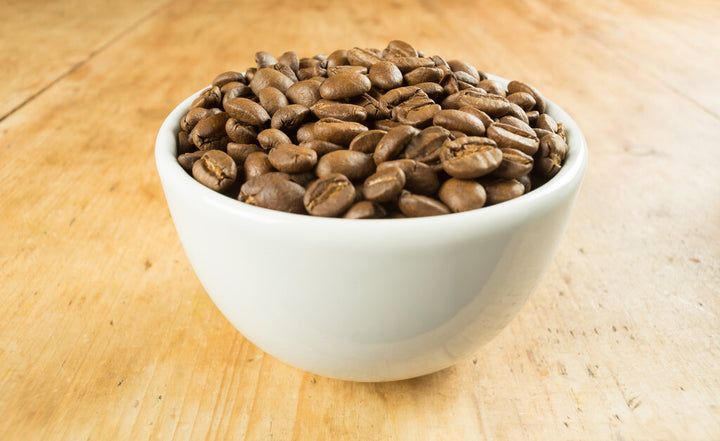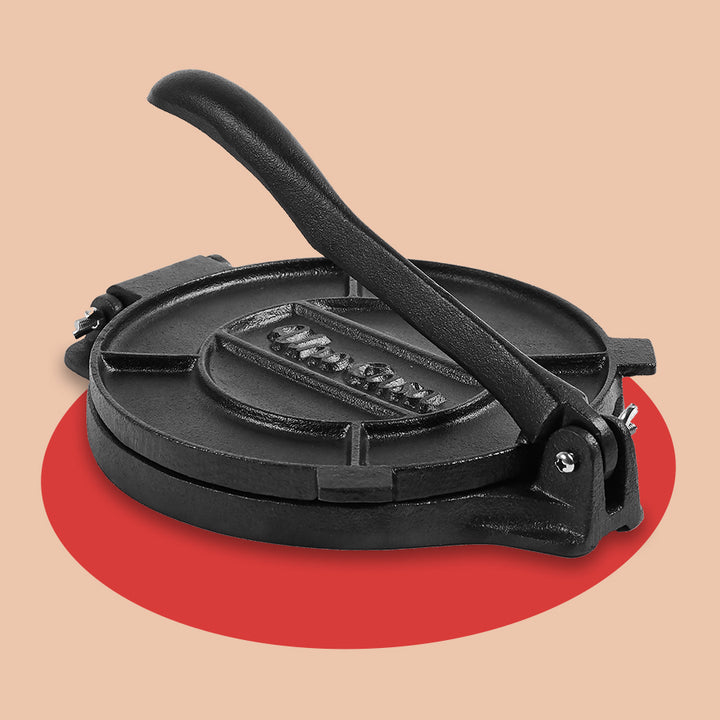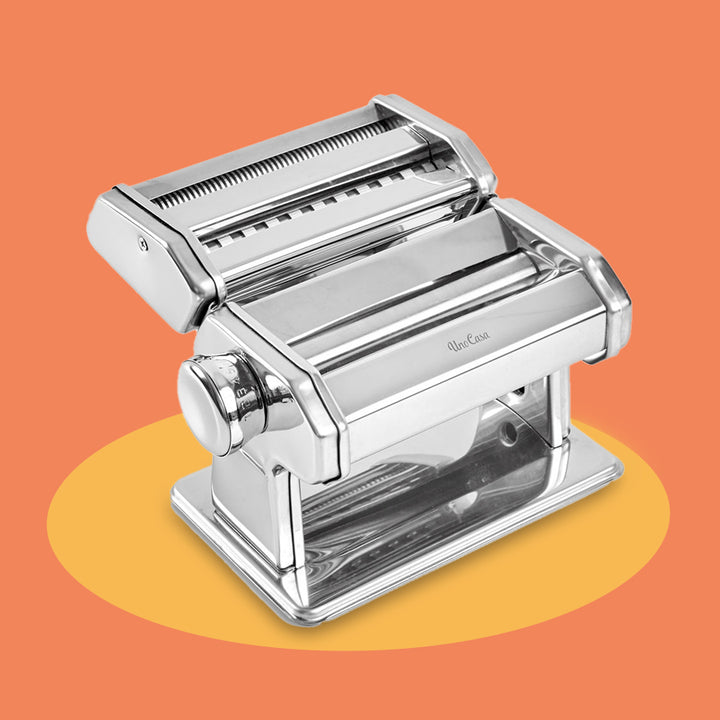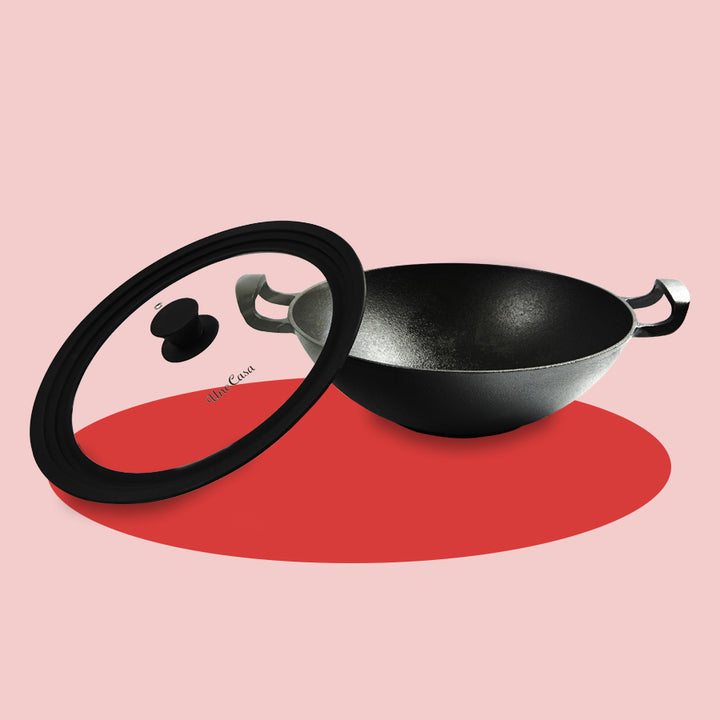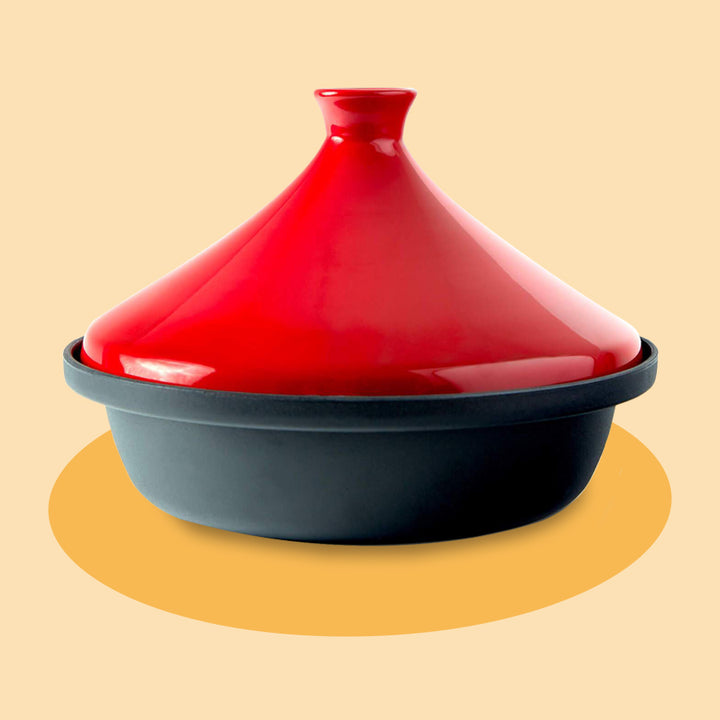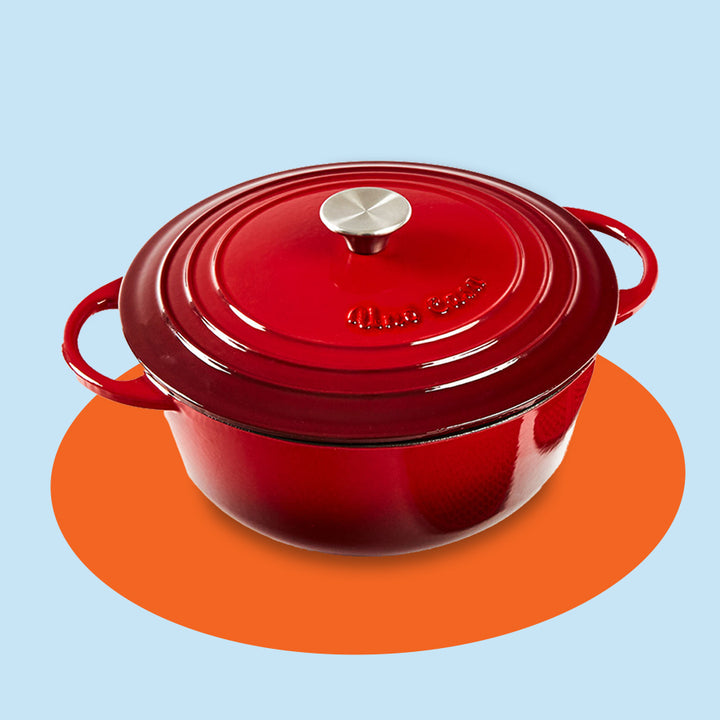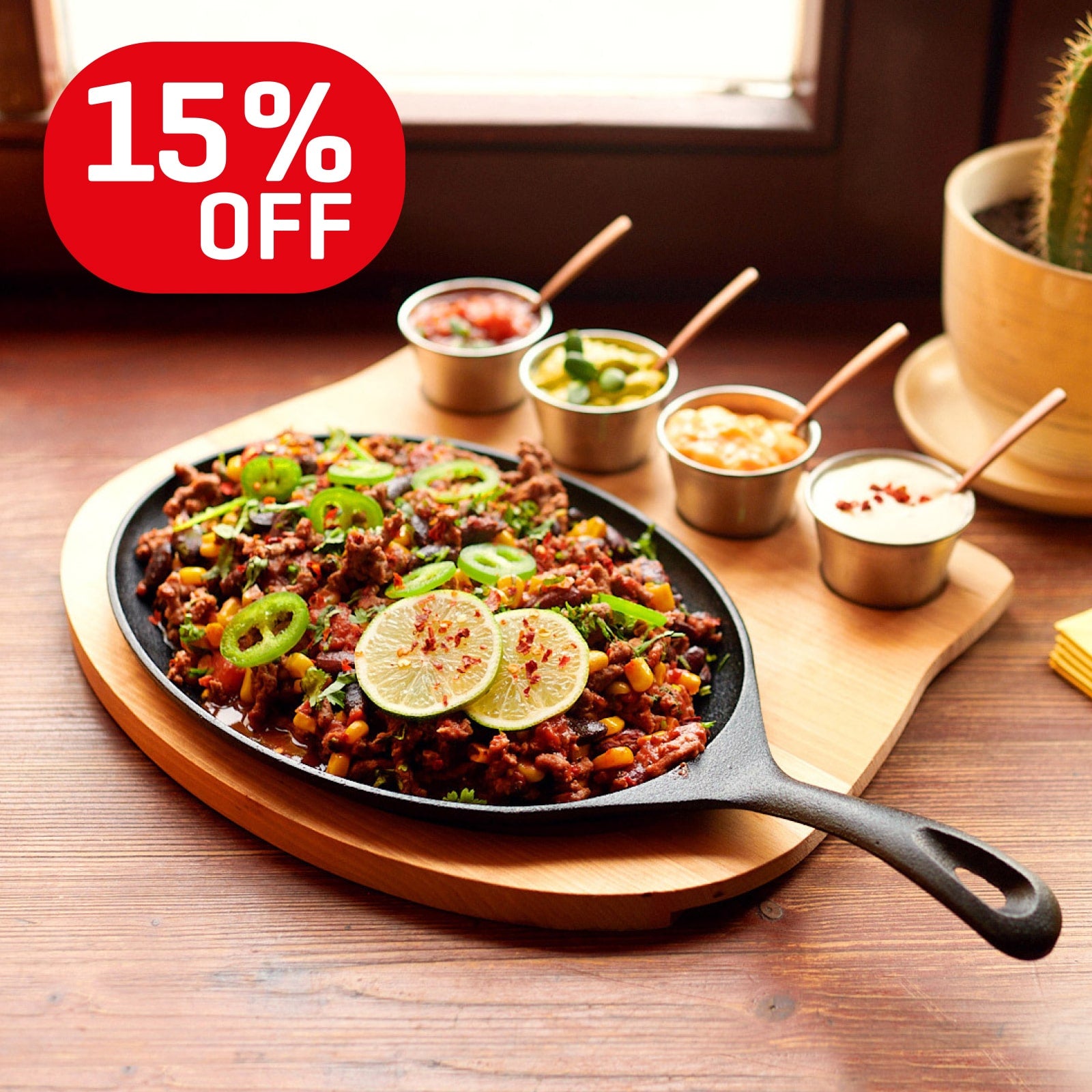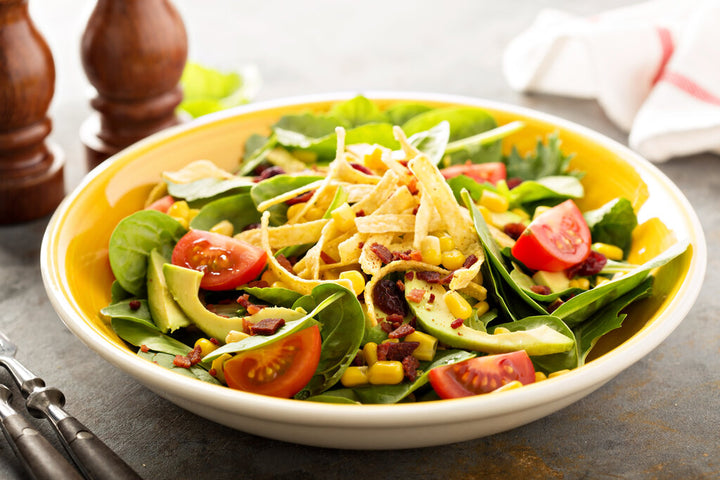Best Pasta Flour For Homemade Pasta
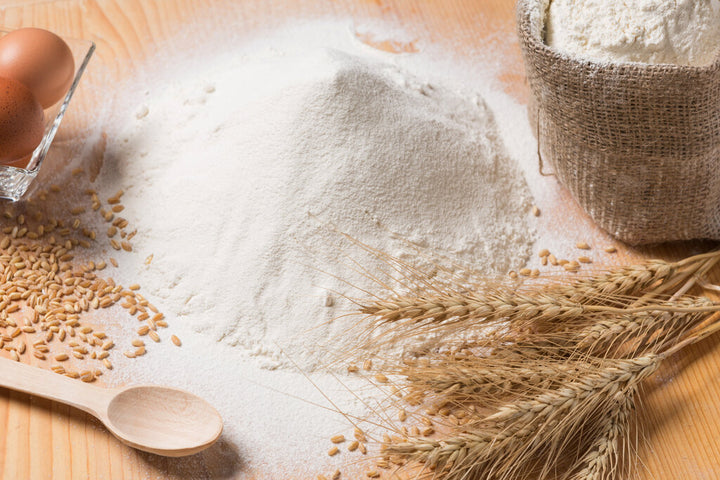
Pasta has been a source of comfort (and carbohydrates) for thousands of years, but for many of us today, pasta is a type of food that we aren't used to preparing from scratch while using pasta flour at home.
Pasta is the sort of ingredient you buy at the store, dried, packaged, and designed to last for months sitting in your cupboard. We're often unsure what actually goes into making a good pasta, but we know that we're going to enjoy it!
Making homemade pasta isn't that tricky, though, especially with a pasta maker to do all the hard work. Homemade pasta can be much healthier and a whole lot fresher than store-bought products. The most fundamental part of the process is choosing the right pasta flour. As you'll see, there are plenty of different types of flour to make pasta, each with their unique tastes and textures.
Keep reading to find the best flour for pasta making!
So, what is pasta?
Let's start simple. What exactly is pasta?
This may seem like an easy question, but can you really tell your pasta from your noodles? Unfortunately, there's no simple definition because different pasta types are often very similar to noodles. Other types can also be similar to what we'd describe as dumplings (why is stuffed ravioli considered pasta and not a dumpling?). There are hundreds (likely thousands) of different varieties of what is considered pasta, from spaghetti to fettuccine and tagliatelli to conchiglie.
We often consider pasta to be Italian. The country produces more pasta than any other globally, and most of the dishes we eat that require pasta are of Italian origin. It's true that Italians popularized pasta and helped to spread pasta all over the globe, but it's also thought that pasta's origins can be traced back either to the Arab world or, as legend has it, to the adventures of legendary Italian explorer Marco Polo in Asia (he may or may not have brought pasta back to Italy in the form of noodles!).
With unclear origins and unclear definitions, it's surprisingly hard actually to define what pasta is. Despite this, if we see pasta in the supermarket or start eating pasta dishes, we are always certain we know what we are eating. Whether it's penne, fusilli, or macaroni, we know this is pasta.
How is pasta made?
Why do we know that this is pasta? Well, the way to answer that is to look at what makes up the pasta.
Pasta needs as little as two ingredients to be prepared. All you really need are flour and some form of liquid. This is what constitutes the bulk of the dried pasta that we regularly purchase from the store. Pasta flour and liquid (whether it's water, eggs, or oil) are used to form a dough that is then rolled out and cut into the many hundreds of different pasta shapes that you can find across the world.
Pasta flour, then, is obviously the key ingredient. But it doesn't have to be the only ingredient either. Different recipes will call for eggs to make your pasta dough, or for different types of oil, or a dash of salt. Different regions (especially in Italy) have their own unique pasta recipes, preparing extravagant shapes or using peculiar ingredients.
As you can already see, there's a broad spectrum of what we can count as pasta.
Traditionally, Italian pasta would always be made fresh, using eggs. This is what gives Italian pasta that distinctive taste, texture, and color. Traditionally, Italian pasta is only produced from durum wheat flour to create what we also know as semolina pasta.
The most important element of pasta is that shape. We need our pasta to be able to hold its shape and integrity when it's boiled in water to cook it. To do that, we need a high gluten content. Gluten gives our pasta the strong bonds it needs to survive the boiling process, not breaking down into a horrible mush, but holding that pasta shape like a hero.
What doesn't count as pasta?
Are you still confused as to what counts as pasta, though? Aren't noodles also made from flour and eggs? Yes, they are, and the differences are very subtle in many ways. Spaghetti isn't that dissimilar to the noodles you'd select for a stir fry or ramen!
It's almost easier to look at what doesn't counts if we want to understand what does. While pasta flour isn't limited to semolina (you can prepare pasta dough from all-purpose flour, wholewheat flour, and even almond flour), it is limited in scope compared to noodles, which will often use rice flour as a base, rather than wheat.
There's also a difference in egg content. To be classified officially as noodles, a product requires a certain percentage of its ingredients to be eggs. For pasta, while traditional recipes call for egg, there's no requirement for this to be in the recipe. As we already mentioned, you can prepare your pasta dough using flour and water, or flour and oil.
An important note is that pasta is unleavened; no raising products go into the pasta recipe like you would have if you were using the same wheat flour to prepare bread. Now, we are starting to understand what makes pasta, pasta.
What pasta flour do we use for pasta dough?
So the flour is the most important ingredient in pasta. It doesn't really matter which liquid we use to make the dough. We can use eggs or water; that depends on how you like your pasta best. It's the flour, though, that holds our pasta shape together.
When deciding what flour to use for pasta, you need to consider the flour's gluten content. Without that all-important gluten, your pasta can quickly fall apart in the boiling water and turn to starch. That's not exactly useful if you're supposed to be cooking lasagna for the family!
Let's have a look at the 3 most common types of flour for pasta. These are popular options because of their high gluten content:
- All-purpose flour
- Semolina flour
- Wholewheat flour
All-purpose flour
Can you make pasta with all-purpose flour? Yes, you can. All-purpose flour is designed for anything. It's good for bread, pasta, cakes, and much more. It's the all-rounder of the flour game, and you can't go wrong with it.
All-purpose flour is produced from wheat but doesn't use the whole grains. It's white in color and has been refined drastically to make a very fine powder suitable for a wide variety of tasks. It's a good choice for homemade pasta because it has a high gluten content (although not as high as other flour) and, more importantly, because it's widely available.
All-purpose flour has a fairly neutral flavor; it's easy to work with because it's so fine, and you probably already have a few packets sat in your pantry. You can mix your all-purpose flour with egg, water, or oil to prepare a dough that's going to be strong and elastic, and that works well for a variety of different pasta shapes.
Semolina flour
Semolina flour is the classic, traditional option for pasta making. This is the ingredient that's been used for hundreds of years by Italians, and if you're looking for the best pasta taste and texture, it's unbeatable.
Semolina flour is made from durum wheat, and it has a much coarser texture compared to fine all-purpose flour. It's yellow in color (again, a classic Italian pasta feature) and importantly, it has a very high gluten content. It's that gluten content that's going to give your pasta the best shape it can have.
Semolina flour is becoming more popular, and you'll likely find it alongside all-purpose flour in the store, but it doesn't have quite so many uses. If you're going for Italian-style pasta, though, this is the only option for your pasta flour!
Wholewheat flour
Wholewheat flour is an increasingly popular choice for pasta lovers, too, given its competitive health benefits compared to all-purpose or semolina flour.
Wholewheat pasta is brown in color, and it does have a distinctive taste that can take some getting used to if you've spent most of your life consuming all-purpose flour. But wholewheat pasta is packed with nutrients. It's high in fiber, useful vitamins such as B-vitamins, and it's much lower in calories and carbohydrates.
It's a healthy option, given it's not so refined, but with lower gluten content, it won't always hold its shape so well.
So, which pasta flour is best for homemade pasta?
We've shown that defining pasta isn't quite so easy as we'd all thought. But that's what we love about pasta. It really is incredible to think that a food with just two primary ingredients (flour and liquid) could be so utterly complicated at times!
It's also amazing the many different types of pasta you can produce from a simple base. Flour is obviously the defining ingredient, so which pasta do we think is best for homemade pasta?
All-purpose flour wins on the side of convenience. It's readily available, it's easy to use, and it's a versatile ingredient to have stocked in your pantry (you can also use it for so many other things, like baking).
However, on the side of taste and tradition, it's semolina flour that wins the day. Made from durum wheat, this is the flour used by Italians for centuries to prepare their pasta. It has a coarse texture and yellow appearance, which other pasta flours don't give you. It's also incredibly high in gluten, which is why it holds its shape so well!
But then wholewheat flour also does particularly well. It's the healthier option, often much less refined and not so high in carbohydrate or gluten. It takes some getting used to the flavor (it's not a traditional flavor, as such), but the health benefits are wonderful!
What do you think? Which pasta flour will you be using for your homemade pasta this week? Why not bookmark our guide to pasta flour for later?
Learn how to make delicious pasta at home - check out our FREE homemade pasta making guide:
Leave a comment
Comments will be approved before showing up.
Also in Tips
